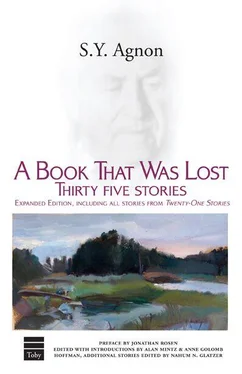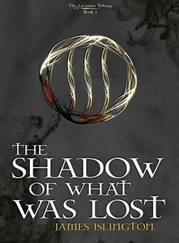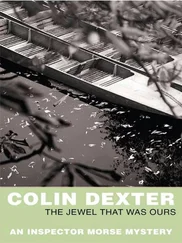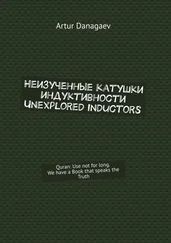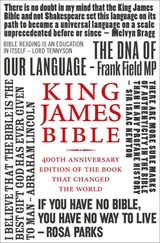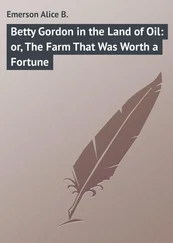Glossary
TEN DAYS OF PENITENCE A period of reflection and contrition between the New Year and the Day of Atonement.
TISHA B’AV The ninth day of the month of Av, observed as a day of mourning to commemorate the destruction of the First and Second Temples in Jerusalem.
TORAH The Five Books of Moses (the Pentateuch) written by a scribe in the form of a parchment scroll; the first five books of the Jewish Bible; in a broader sense, the way of Jewish life and practice as ordained in the Bible and rabbinic sources.
TSITSIT The knotted fringes of the tallit.
Tzaddik In Hasidism, a sage and a charismatic spiritual leader endowed with special powers of intercession.
YAHRZEIT The anniversary of the death of a close relative, marked by special prayers and the lighting of a memorial candle or lamp.
YOM KIPPUR The Day of Atonement; the solemn fast day that falls in the early autumn ten days after Rosh Hashanah.
There have been a number of previous translations of Agnon into English. The novella form, in which Agnon excelled, is represented in English by Two Tales: “ Betrothed ” and “ Ido and Enam ” (New York: Schocken Books, 1966) and In the Heart of the Seas (New York: Schocken Books, 1948). “In the Prime of Her Life” appeared in 1983 in the collection Eight Great Hebrew Novellas , edited by Alan Lelchuk and Gershon Shaked (reissued The Toby Press, 2005). Among the novels, there are a number of English translations, beginning with The Bridal Canopy (New York: Schocken Books, 1967), a translation in need of updating since it is based on a Hebrew version of the novel that Agnon subsequently revised. The major novel Oreah Nata Lalun was published in English as A Guest for the Night , in a 1968 translation by Misha Louvish (New York: Schocken Books). A Simple Story , Hillel Halkin’s translation of Sippur Pashut , appeared in a Schocken edition in 1985. This novel of eastern Europe focuses on a young man whose difficulties in adjusting to his life are symptomatic of larger-scale conflicts of direction in Jewish life of the time. Shira , translated by Zeva Shapiro and published in Schocken Books in 1989, presents its middle-aged protagonist, Manfred Herbst, and his infatuation with the nurse Shira, against the background of the academic community of Jerusalem in the 1940s.
Bibliographic Note
For critical work on Agnon in English, readers might begin with Arnold Band’s study of the life and work, Nostalgia and Nightmare: A Study of the Fiction of S.Y. Agnon , published in 1968 (Berkeley and Los Angeles: University of California Press). Early studies also include Baruch Hochman’s The Fiction of S.Y. Agnon , published by Cornell University Press in 1970. Robert Alter has produced insightful essays over the years. More recently, Gershon Shaked has provided an analytic overview of genres and themes in Shmuel Yosef Agnon: A Revolutionary Traditionalist (New York: New York University Press, 1989). Anne Golomb Hoffman’s critical study, Between Exile and Return: S.Y. Agnon and the Drama of Writing (Albany: State University of New York Press, 1991), examines themes of writing and text for insight into Agnon’s unique position as a Jewish modernist who transformed traditional themes and sources. Over the last ten years, Prooftexts: A Journal of Jewish Literary History has published many articles on Agnon, including a special issue in 1987 celebrating the centenary of his birth with critical studies by Nitza Ben-Dov, Yael Feldman, Alan Mintz, Dan Miron, and others.
For readers who want to locate the originals of the stories contained in this anthology, we offer the following information on the publication of Agnon’s works in Hebrew. Eilu Ve’eilu , volume 2 in The Collected Works , is the source for the following stories: “Agunot,” “The Tale of the Scribe,” “Two Pairs,” “The Kerchief,” “On One Stone,” “A Sense of Smell,” “Tears,” “Fable of the Goat,” “Paths of Righteousness, or The Vinegar Maker.” From Al Kapot Haman‘ul , volume 3 in The Collected Works , we have taken “Hill of Sand” and “The Doctor’s Divorce.” Samukh Venir’eh , volume 6 in The Collected Works , supplied the following stories: “Between Two Towns,” “The Lady and the Peddler,” “Knots upon Knots,” “From Lodging to Lodging,” “On the Road,” “To the Doctor,” and “A Whole Loaf.” “At the Outset of the Day” is taken from Ad Hena , volume 7 in The Collected Works . “That Tzaddik’s Etrog” comes from Ha’esh Veha’etsim , volume 8 in The Collected Works. The posthumously published Ir Umeloah (Tel Aviv: Schocken Publishing House Ltd., 1973) is the source for the following stories: “Buczacz,” “The Tale of the Menorah,” “Pisces,” “The Sign,” and “A Book That Was Lost.”
Permissions Acknowledgments
A number of people were generous with advice and counsel in the course of our work on this volume. We would like to express our gratitude to Arnold Band, Avraham Holtz, Dan Laor, Chaim Milikowsky, Dan Miron, Gershon Shaked, and Emuna Yaron.
Grateful acknowledgment is made for permission to reprint the following stories:
“A Book That Was Lost” and “Paths of Righteousness, or The Vinegar Maker,” translated by Amiel Gurt. First published in Ariel 45–46 (1978). Reprinted by permission of the publisher and the translator.
“Hill of Sand,” translated by Hillel Halkin. Copyright © 1995 by The Fund for the Translation of Jewish Literature. Used by permission of The Fund for the Translation of Jewish Literature.
“Knots upon Knots,” translated by Anne Golomb Hoffman. First published in Conservative Judaism 37 (1983–84). Reprinted by permission of the translator.
“The Lady and the Peddler,” translated by Robert Alter. First published in Commentary (1966). Copyright © 1966 by Robert Alter. Reprinted by permission of the publisher and the translator.
Permissions Acknowledgments
“Metamorphosis”, lit. A Different Face , 1941. Schocken I, vol. VIII, 1941; Schocken ii, vol. iII, 1952. Tr. I. Schen. A Whole Loaf , op. cit. Copyright © 1957 by Karni Publishers, Ltd. By permission of The Vanguard Press.
“The Orchestra”, first published in The Book of Deeds , 1946; Schocken I, vol. x, 1950; Schocken ii, vol. vi, 1953. Tr. Judah Stampfer, Mosaic 1, 1 (Spring 1960). Copyright © 1960 by Judah Stampfer. By permission of Harold Ober Associates Inc.
“The Sign,” translated by Arthur Green. First published in Response 19 (1973). Reprinted by permission of the translator.
“Tears,” translated by Jules Harlow. First published In Conservative Judaism 21 (1966). Reprinted by permission of the translator.
“That Tzaddik’s Etrog,” translated by Shira Leibowitz and Moshe Kohn. First published in The Jerusalem Post (October 5, 1990). Reprinted by permission of the publisher and the translators.
Nahum N. Glatzer(1903–1990) was a noted American literary scholar, theologian, and editor. Born in Lemberg, he received his Ph.D. from the University of Frankfurt. In 1938 he emigrated to the United States. He taught at Chicago, New York, Brandeis and Boston Universities during his long career. He was the editor of Judaism: A Quarterly Journal of Jewish Life and Thought , and a consulting editor of Schocken Books, an American publishing house where he was responsible, in part, for the publication of Kafka’s writings in English translation.
Читать дальше
